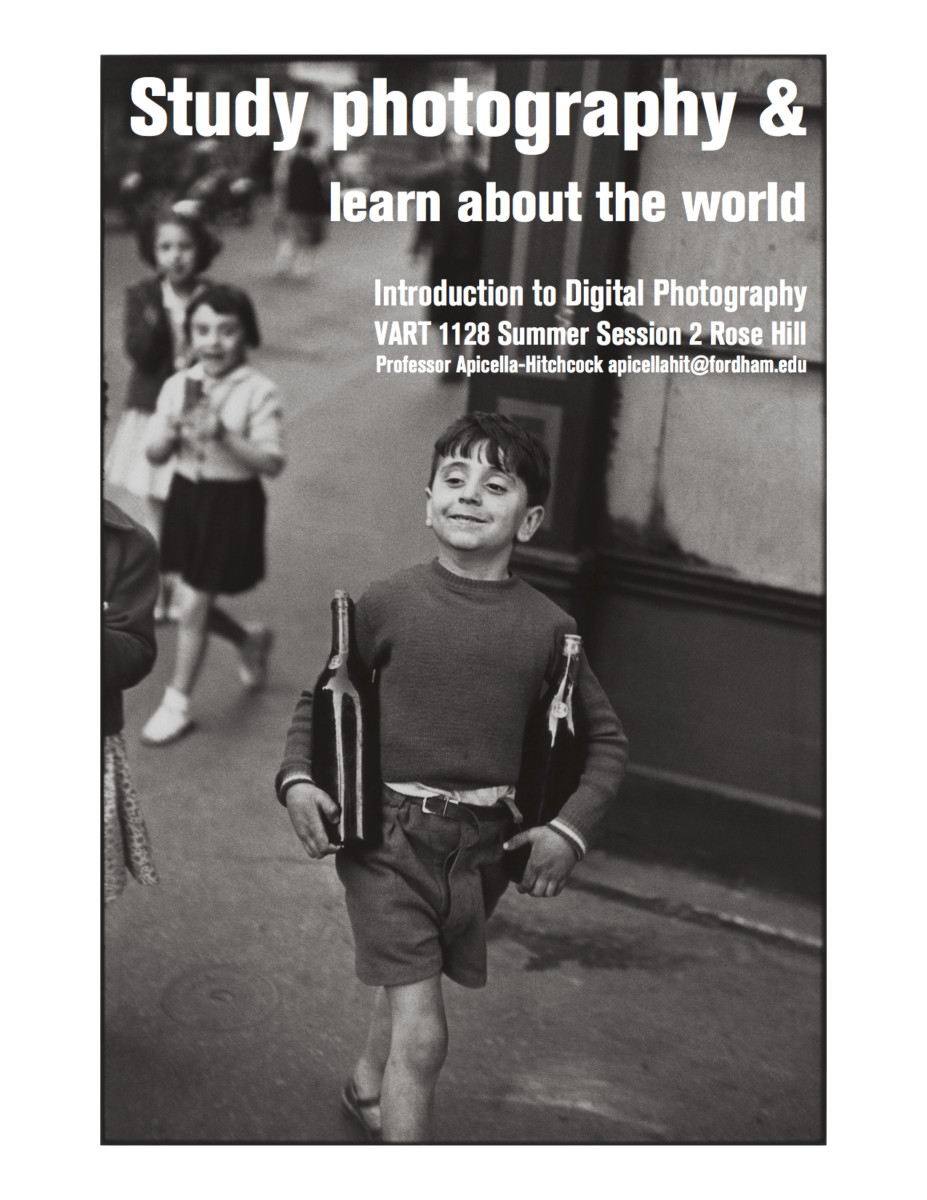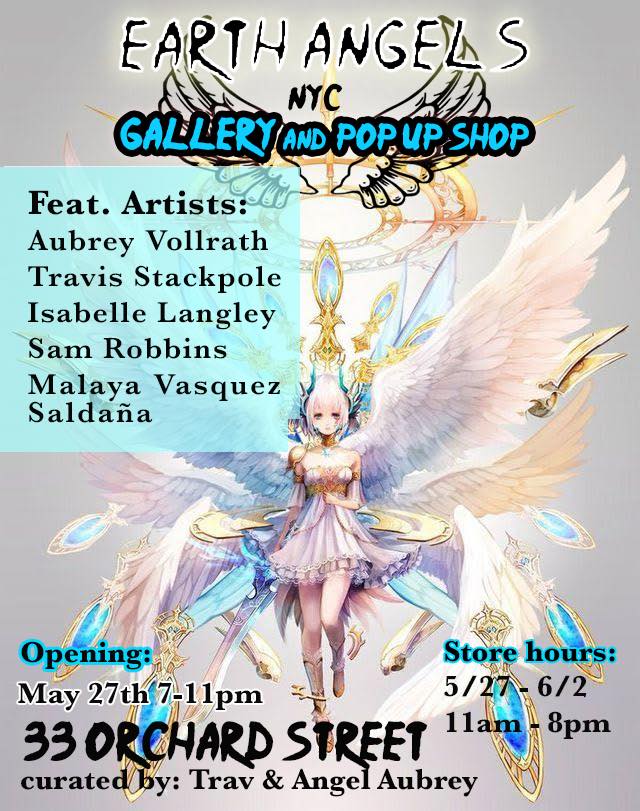Long-Lost, Illustrated Cookbook Is Featured at Fordham Gallery
Read the article in Fordham News here.
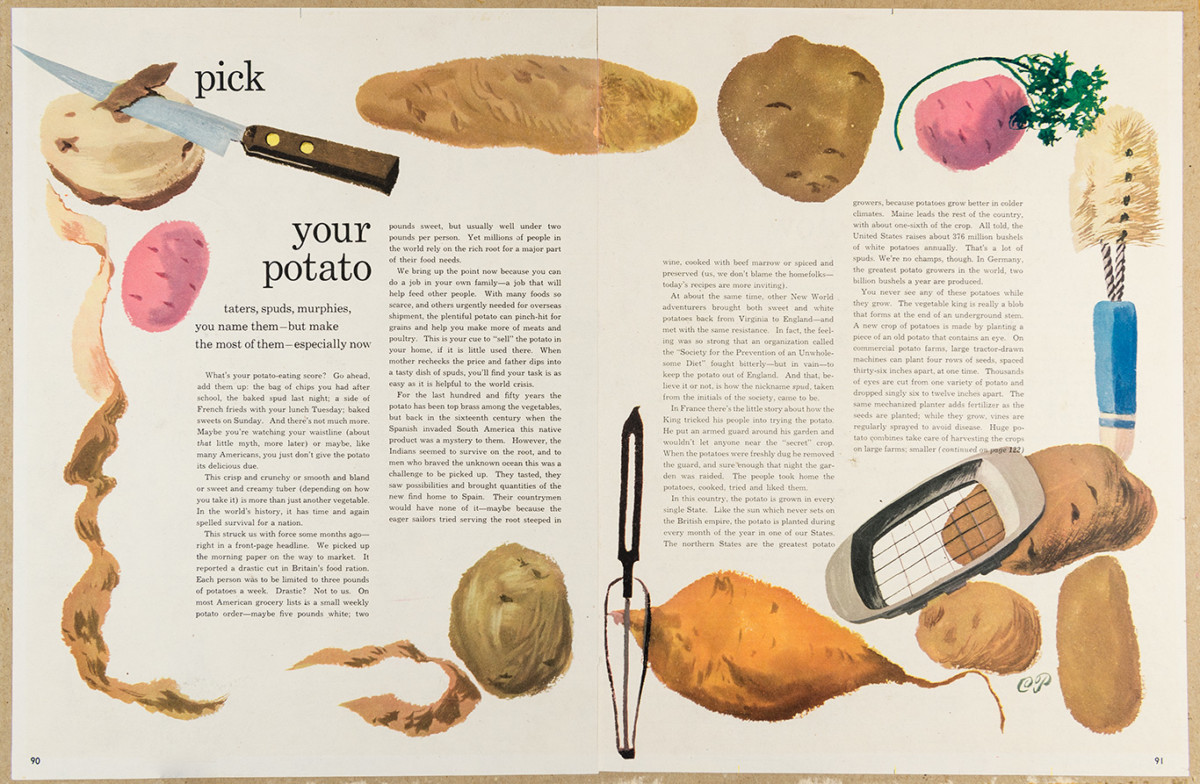
Read the article in Fordham News here.

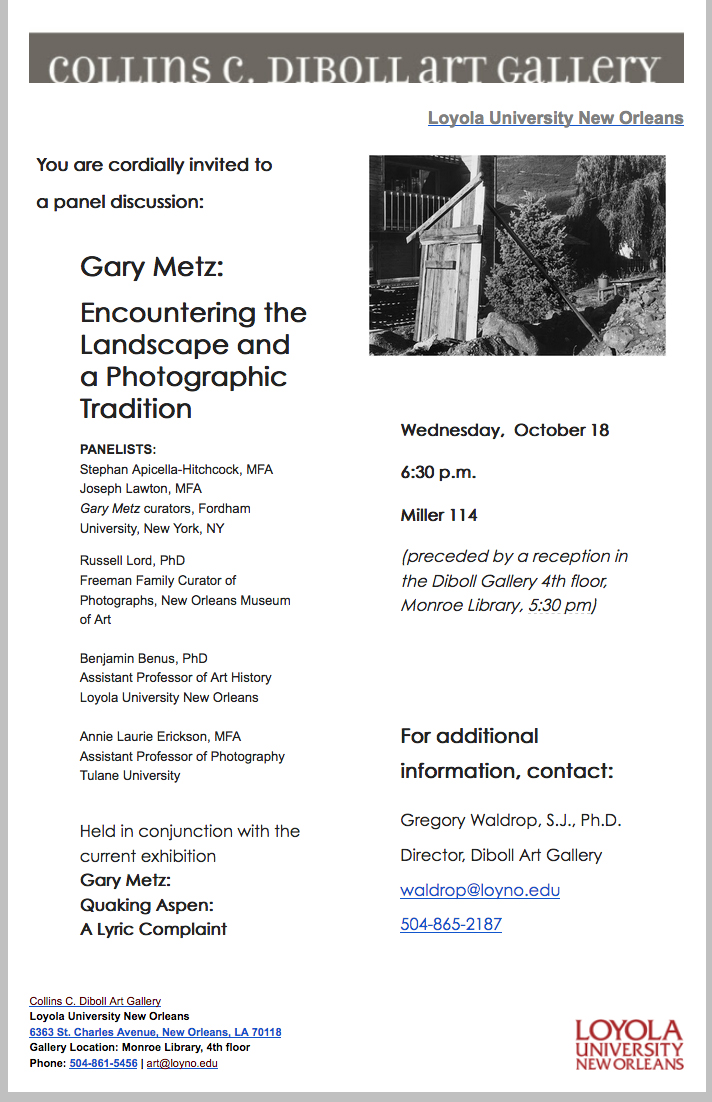
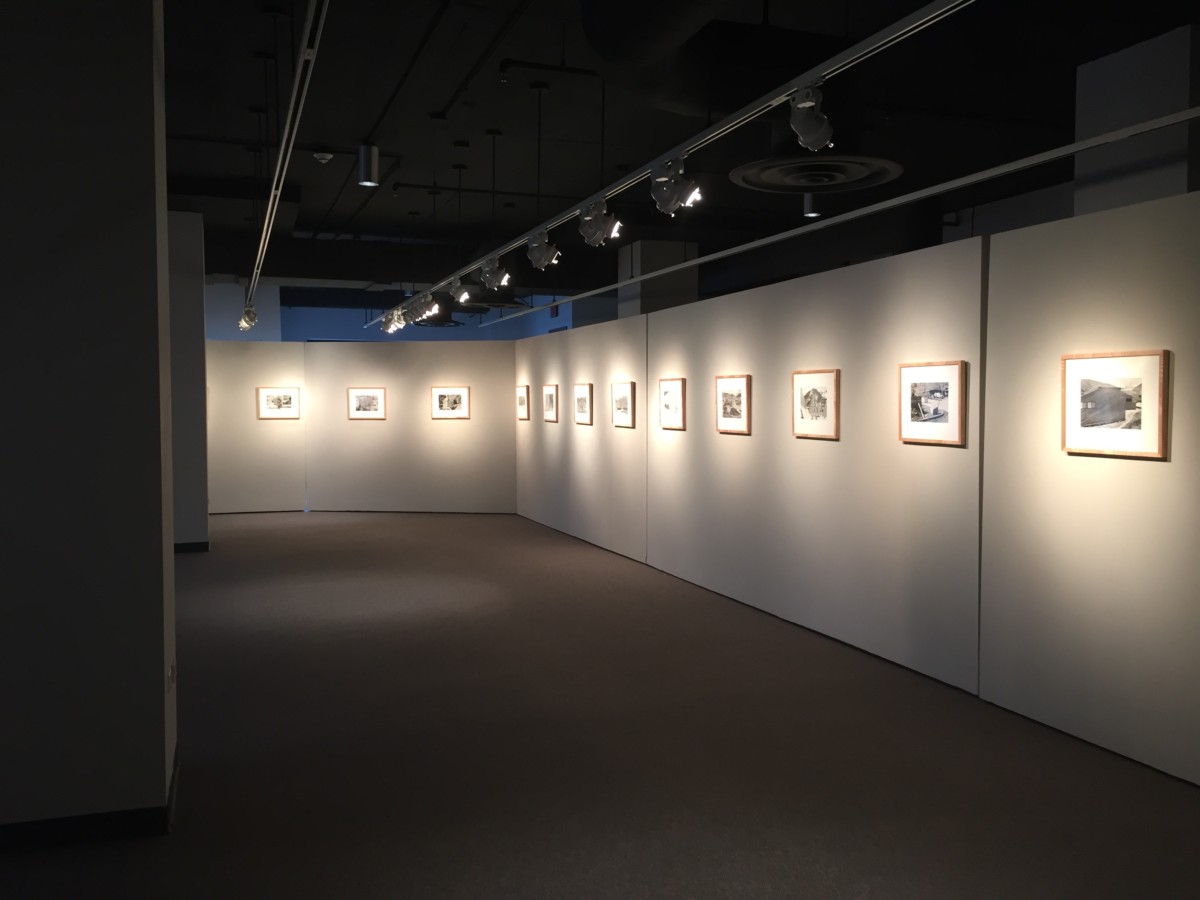

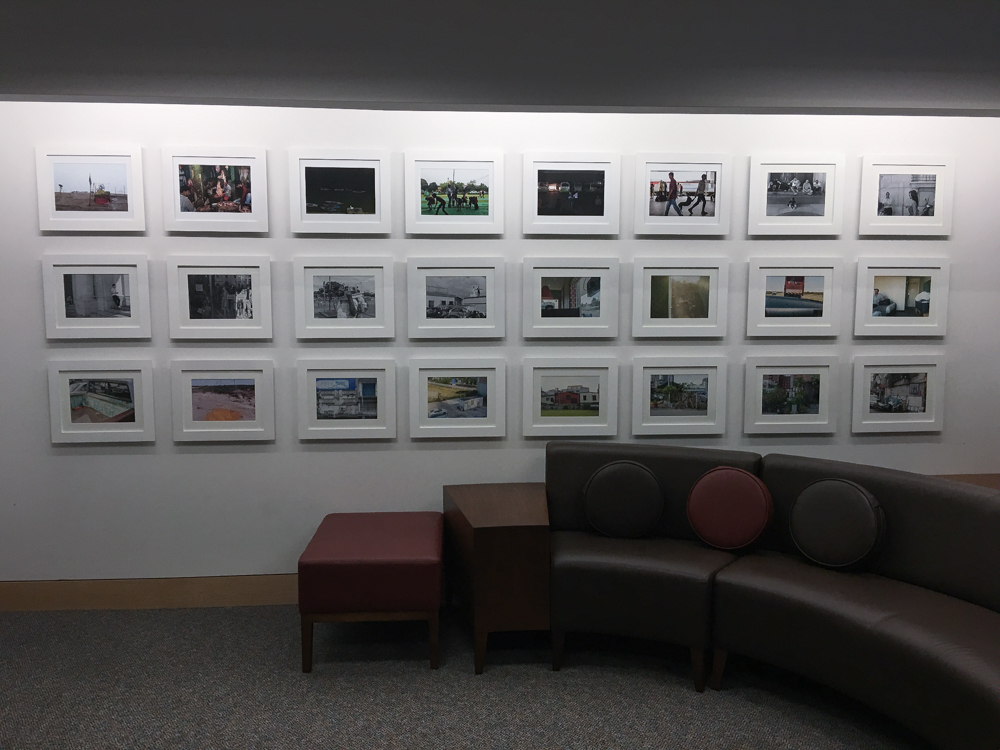 The 2016–2017 Ildiko Butler Travel Award Recipients
The 2016–2017 Ildiko Butler Travel Award Recipients
Photographs by: Jason Boit, Phillip Gregor, Sam Robbins, Yu Ting Lin (images)
Curators: Stephan Apicella-Hitchcock & Joseph Lawton
Exhibition Dates: July 2017—May 2018
The Hayden Hartnett Project Space
Fordham University at Lincoln Center MAP
113 West 60th Street at Columbus Avenue
Office of Undergraduate Admission, Lowenstein, RM 203
New York, NY 10023
The galleries are open from 9am to 9pm everyday except on university holidays
fordhamuniversitygalleries.com
Fordham University’s Department of Theatre & Visual Art is proud to present an exhibition of the 2016—2017 Ildiko Butler Travel Award Recipients: Jason Boit, Phillip Gregor, Sam Robbins, and Yu Ting Lin. This highly competitive grant is offered to sophomore and junior Visual Arts Majors for independent research. Up to four Ildiko Butler Travel Awards are given annually for exceptional work in the medium of photography.
The grant has enabled students to travel the world from Rome to Havana, Berlin to Budapest, and even from Moscow to Beijing on the Trans-Mongolian Railway. In each and every case the travel opportunity afforded by the award has been educational and transformative for the students. The photographs generated while traveling often become the core of a student’s senior thesis exhibition. In addition, a selection of work from each year’s recipients is included in a year-long exhibition in the Hayden Hartnett Project Space. This year our recipients traveled across India (Boit), Italy (Gregor), America (Robbins), and Taiwan (Lin).
About the Hayden Hartnett Project Space: this space presents yearlong exhibitions of photographic work produced by students in the Department of Theatre and Visual Art. Located in the Office of Undergraduate Admission at Fordham’s Lincoln Center campus, the Hayden Hartnett Project Space introduces prospective students and their parents to the high caliber of visual work produced at Fordham University.
Location and hours: The Hayden Hartnett Project Space is inside the Office of Undergraduate Admission on the second floor of the Leon Lowenstein building, RM 203 and is open Monday—Friday, 9 a.m. to 5 p.m.
A sample:
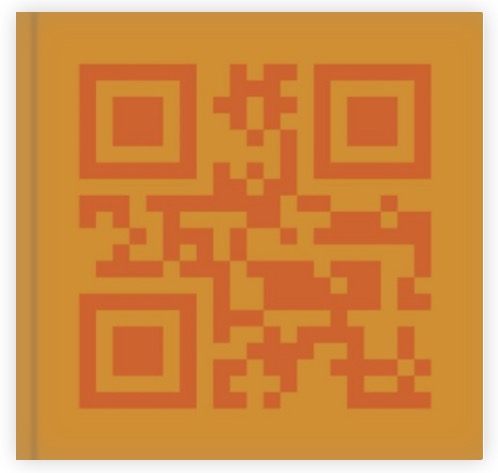
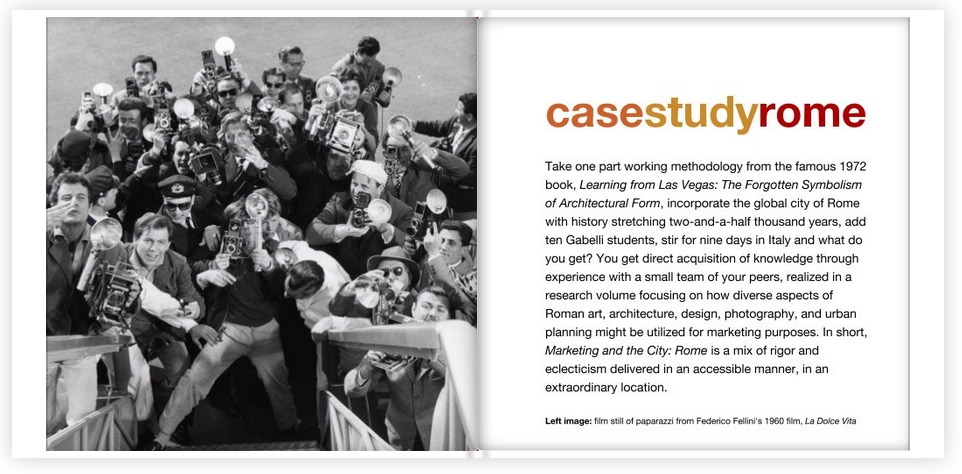
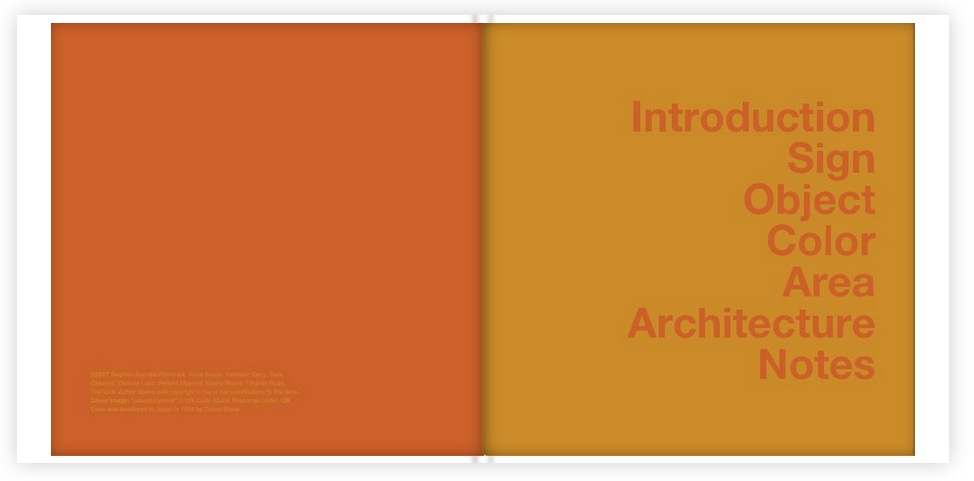
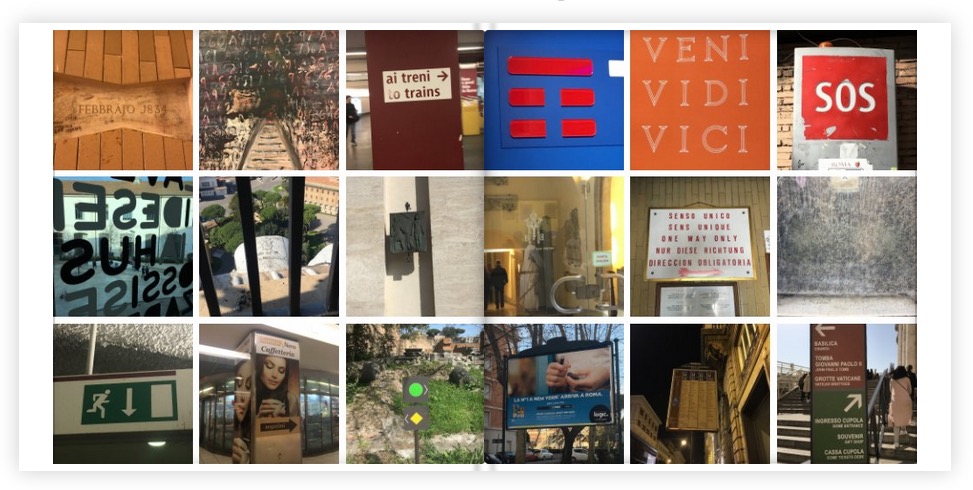
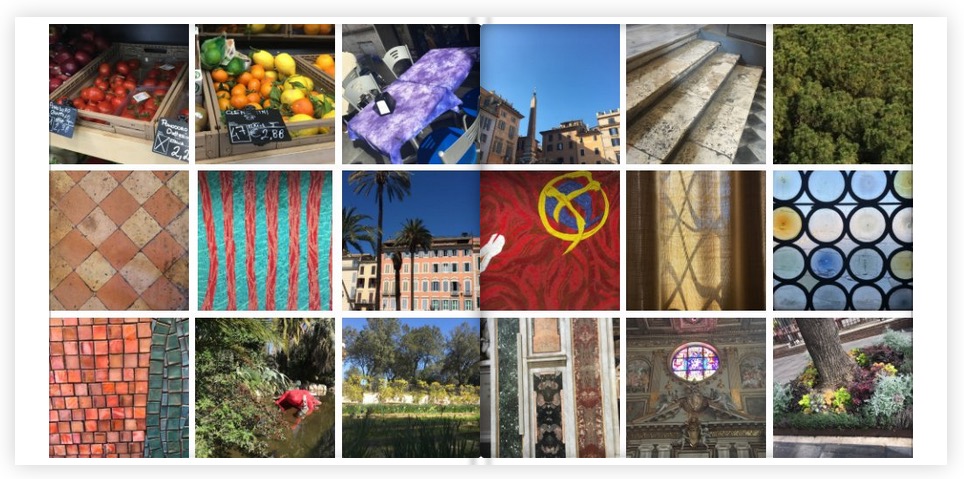
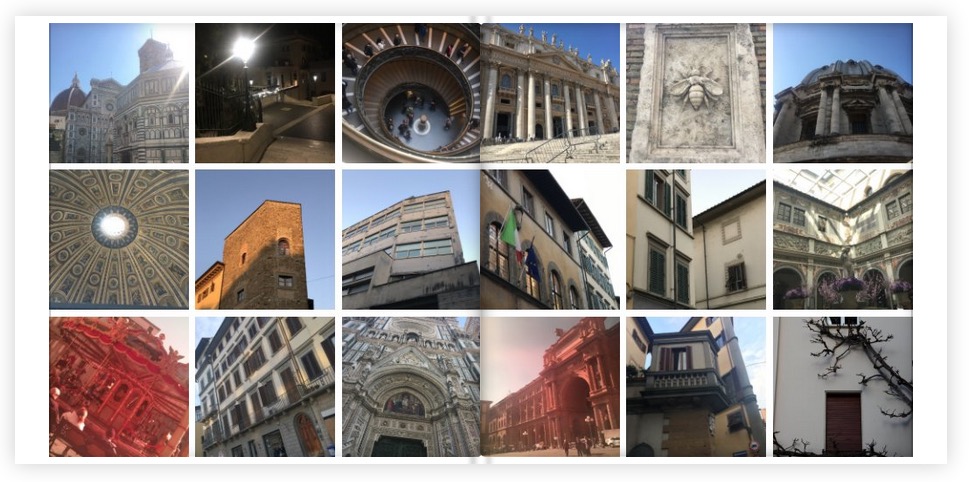
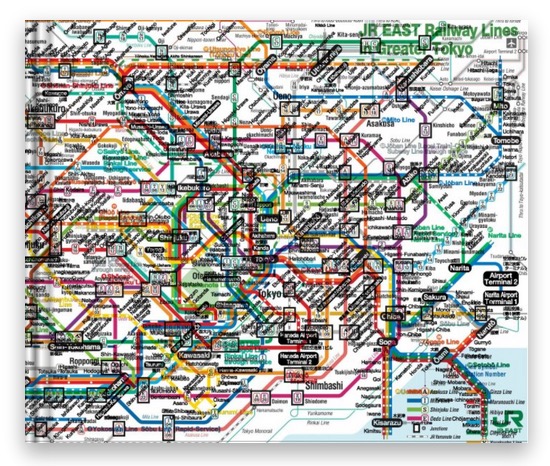
This book is the final culmination of the course “Documentary Photography: Japan” offered by Stephan Apicella-Hitchcock through the Department of Theatre and Visual Arts at Fordham University. The course description is as follows: This intensive class is designed as a platform for intermediate and advanced level students to further develop their photographic production with an emphasis on generating documentary projects focusing on the people, culture, and architecture of Japan. The megacity of Tokyo will serve as the starting point for our investigations, with image making itineraries that will take us from the cosmopolitan ward of Shinjuku, to the center of youth culture in Shibuya; and from the cutting edge fashion districts of Harajuku, to the temples and shrines of Asakusa. Concurrent with our photographic explorations we will examine contemporary exhibitions in venues such as the Tokyo Metropolitan Museum of Photography in Ebisu, as well as view the ancient collections housed in Japan’s oldest and largest museum, the Tokyo National Museum in Ueno. Traveling by Shinkansen bullet train at 300 km/h (186 mph), we will make our way south to Kyoto, the nexus of traditional Japanese culture and history with approximately two thousand temples, shrines, and gardens that we can utilize as both the catalyst and stage for our photography. The extraordinary wealth of visual stimuli we will experience in Japan over ten days will certainly inspire, as well as function as the backdrop against which to critically discuss the strategies that photographers employ in communicating their interests.
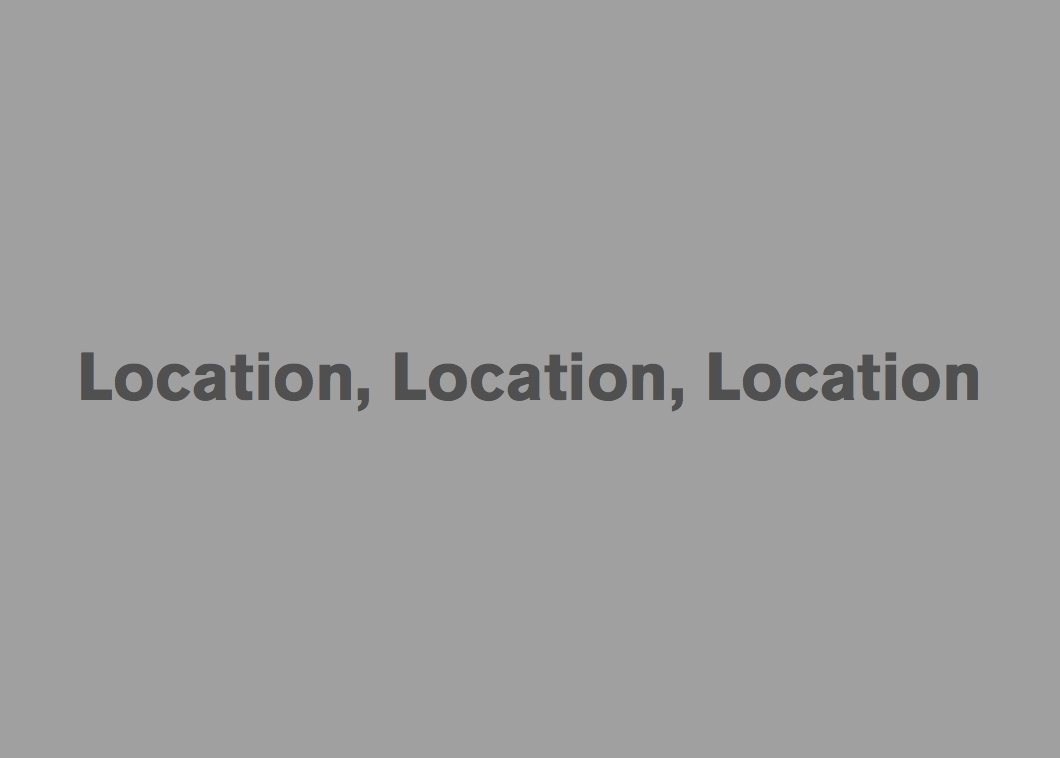
Location, Location, Location
Featuring photographs by: Roei Greenberg, Brian McClave, Sergio Purtell
Curators: Stephan Apicella-Hitchcock & Joseph Lawton
Exhibition Dates: June 27—October 2
Reception: September 13, 6–8 pm
The Ildiko Butler Gallery
Fordham University at Lincoln Center
113 West 60th Street at Columbus Avenue
New York, NY 10023
The galleries are open from 9am to 9pm everyday except on university holidays
Fordham University is proud to present Location, Location, Location, twenty landscape photographs pulled from larger investigations made by three photographers from Israel, the United Kingdom, and the United States. Their work represents a range of years, different photographic styles, and interests; however, despite the differences in their individual focus, each photographer is engaged in the process of carefully studying the world and representing it in a straightforward, descriptive manner. Fidelity to what is framed is of paramount importance. Regardless of the photographers’ chosen subjects, the participants in this exhibition are deeply engaged in the process of looking at what is in front of them. Their images embrace a long tradition in the medium of photography that celebrates the revelatory power of direct representation.
Artist Statements:
Roei Greenberg, b. Israel (left wall)
The name of this project, Along the Break, is taken from the Hebrew translation of the geographic phenomena: “The Syrian-African Break” (The Great Rift Valley) which crosses Israel from its northernmost point to its southernmost tip. This geography also plays a key role in the way physical borders have been placed. It shapes the borders with Lebanon and Syria in the north and the border with Jordan and Egypt in the south. My work is an exploration along the natural, as well as political boundaries in the landscape.
Brian McClave, b. United Kingdom (right wall)
Early in my career I returned to the house I grew up in and made large format photographs. The pictures were an attempt to recapture my intimate connection to that place. The photographs were as much about fleeting recollections as they were about the actual landscape. Thirty years later, when revisiting these photographs, it became apparent that my perception today of the world that I once occupied is thoroughly shaped by these images.
Sergio Purtell, b. Chile, American (center wall)
In Real, Sergio Purtell documents the architecture, landscape, and ongoing changes in and around the area where he lives and works in Brooklyn. Utilizing a custom made hand held large format camera, he shows his subject in all its quotidian detail and beauty.
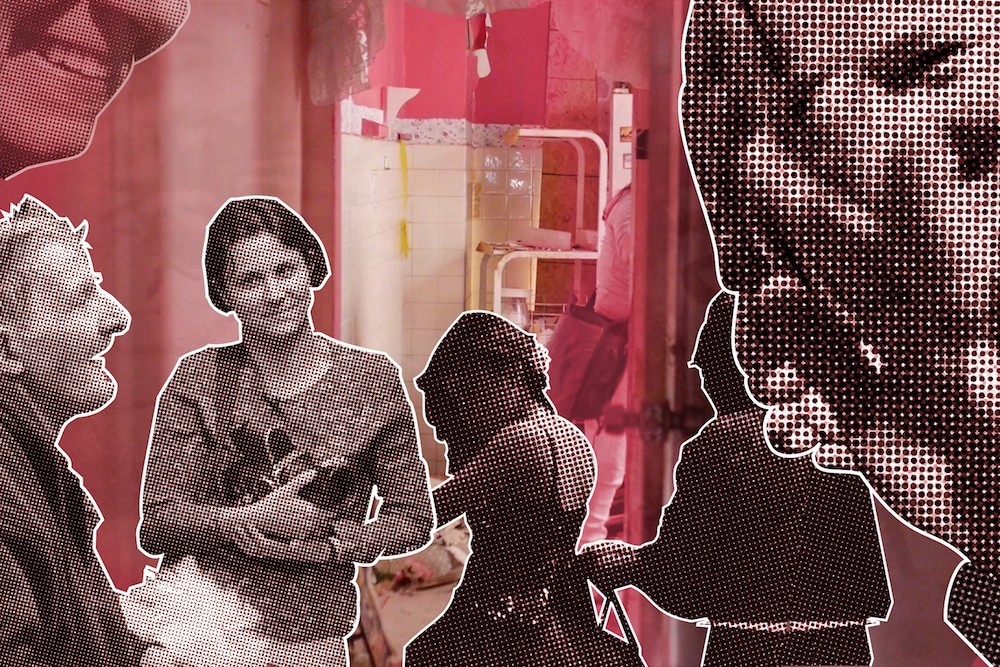
Sit Beside Me: Between Other and Author
Interpersonal Documentaries from the UnionDocs Collaborative Studio
Lipani Gallery
Exhibition Dates: June 8 – October 2, 2017
Opening Event: Thursday, June 15th / 7PM
Curator: UnionDocs
This Summer, Fordham University partners up with Brooklyn-Based documentary center UnionDocs to present Sit Beside Me: Between Other and Author. UnionDocs (UnDo) presents six short documentaries culled from the archive, exploring the inviting relationship between the filmmaker and the subject. The films were produced within the Collaborative Studio, UnDo’s annual fellowship program throwing international artists, journalists, and new media makers together to explore the outer bounds of documentary art.
Nearly a decade going, the Collaborative Studio has produced over 50 short documentaries, centered around a theme presented for exploration by UnionDocs. In search of a new thread, we’ve discovered Sit Beside Me? Six unknowingly interwoven works, born in different times, silently broaching the same question: what is the unspoken relationship between the documentarian and people who open their lives to the world?
Together for the first time within the Lipani gallery, the series trounces across a garden of cinematic approaches and themes. From a dotingly vibrant animation spun to a blind beatnik’s Homeric enthusiasm, to a lens that glances NYC’s masses with the searching eye of a lost lover, to the respectful distance in re-living a tenant’s toughest battle. Within this cornucopia of aesthetic approaches, we uncover ways to commune and embrace with life, projected and personal.
Including works from directors Tina Antolini, Mariangela Ciccarello, Constanza Mirré, Marina Lameiro, Livia Vonaesch, Shawn Wen, and Tracie Williams
